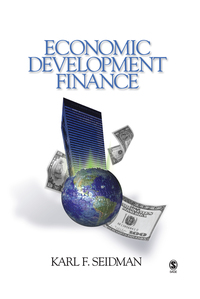
3. Consider the demand for the photographic film industry discussed by McLaren in the textbook. Suppose that there are two countries with segmented markets, the US and Japan, each with one maker of film, namely Kodak in the US and Fuji in Japan. By segemented we mean that no arbitrage between them by intermediaries is allowed. This means that a diferent price can prevail in the two markets. Only Kodak and Fuji can transport film from one country to the other. The demand curve for film in each country is given by the equation Q = 280 - P (2) where P represents the price of film and Q the quantity sold. As far as consumers are concerned, there is no difference between the two brands of film: that is, the good is homogeneous and the two companies compete as Cournot oligopolists in both markets: that is, each takes the other's output as given in choosing its own output. The marginal cost of producing film for both competitors in both markets is constant equal to 40. Assume to begin with that there are no transport costs involved in trade. a. Draw the demand curve for each firm assuming the other produces noth- ing. i. What output will each firm produce in this event? i. What output produced by the competitor will result in the firm choosing to produce nothing? ii. Use your answer in i. and ii. above to draw each firms best response function and to show the equilibrium in the duopoly. iv. What is output under Cournot duopoly? v. Show the effects of trade on: (i) Kodak's profits; (ii) US consumer surplus; and (iii) US social welfare. (No calculation is needed; just draw the demand curve and indicate which areas are relevant by indicating the letter names. For example, you might say "consumer surplus increases by regions A+B" where the regions A and B are clearly labelled in the figure. vi. Is it possible for welfare to fall with trade if there are trade costs and firms are competing a la Cournot? Explain why. vii. Is it possible for welfare to fall with trade if there are trade costs and Bertrand competition? Explain why. 3. Consider the demand for the photographic film industry discussed by McLaren in the textbook. Suppose that there are two countries with segmented markets, the US and Japan, each with one maker of film, namely Kodak in the US and Fuji in Japan. By segemented we mean that no arbitrage between them by intermediaries is allowed. This means that a diferent price can prevail in the two markets. Only Kodak and Fuji can transport film from one country to the other. The demand curve for film in each country is given by the equation Q = 280 - P (2) where P represents the price of film and Q the quantity sold. As far as consumers are concerned, there is no difference between the two brands of film: that is, the good is homogeneous and the two companies compete as Cournot oligopolists in both markets: that is, each takes the other's output as given in choosing its own output. The marginal cost of producing film for both competitors in both markets is constant equal to 40. Assume to begin with that there are no transport costs involved in trade. a. Draw the demand curve for each firm assuming the other produces noth- ing. i. What output will each firm produce in this event? i. What output produced by the competitor will result in the firm choosing to produce nothing? ii. Use your answer in i. and ii. above to draw each firms best response function and to show the equilibrium in the duopoly. iv. What is output under Cournot duopoly? v. Show the effects of trade on: (i) Kodak's profits; (ii) US consumer surplus; and (iii) US social welfare. (No calculation is needed; just draw the demand curve and indicate which areas are relevant by indicating the letter names. For example, you might say "consumer surplus increases by regions A+B" where the regions A and B are clearly labelled in the figure. vi. Is it possible for welfare to fall with trade if there are trade costs and firms are competing a la Cournot? Explain why. vii. Is it possible for welfare to fall with trade if there are trade costs and Bertrand competition? Explain why







